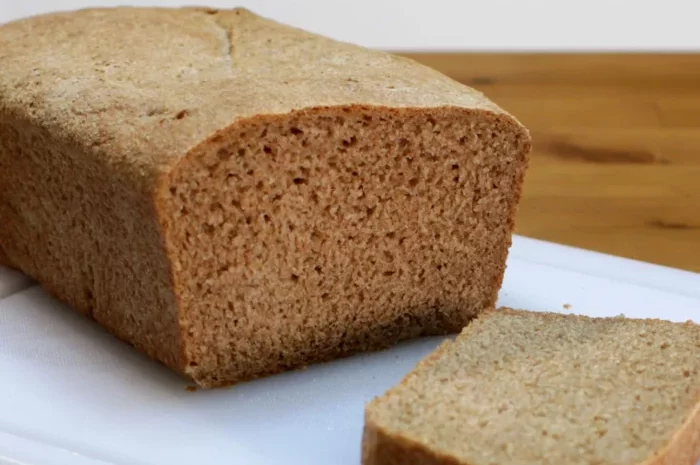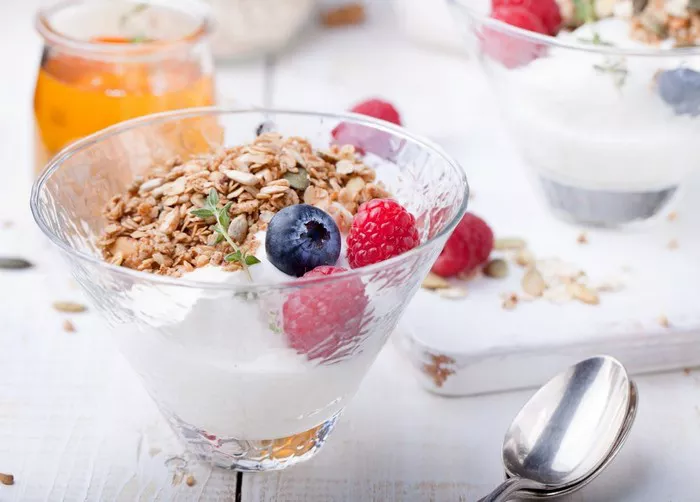Managing high blood sugar is crucial for maintaining overall health and preventing complications associated with diabetes and other metabolic disorders. Elevated blood sugar levels, if left unmanaged, can lead to serious health issues such as cardiovascular diseases, nerve damage, kidney failure, and vision problems. Diet plays a pivotal role in controlling glucose levels, and making informed dietary choices can significantly impact blood sugar management. By incorporating specific foods that have been shown to lower blood sugar levels and avoiding those that cause spikes, individuals can maintain more stable glucose levels and improve their quality of life.
Foods to Lower Blood Sugar
Broccoli and Broccoli Sprouts
Broccoli and broccoli sprouts are potent foods for managing blood sugar levels. These cruciferous vegetables are rich in sulforaphane, a compound that has been shown to have blood sugar-reducing properties. Sulforaphane works by enhancing the body’s ability to produce enzymes that protect blood vessels and reduce inflammation, which can be beneficial for individuals with high blood sugar. Additionally, the high fiber content in broccoli helps slow the absorption of sugar, further aiding in blood sugar management.
Seafood
Seafood, including fish and shellfish, is an excellent source of protein and healthy fats, both of which are essential for regulating blood sugar levels. Protein helps slow the digestion and absorption of carbohydrates, leading to more stable blood sugar levels. Omega-3 fatty acids found in fatty fish like salmon, mackerel, and sardines have anti-inflammatory properties and have been linked to improved insulin sensitivity. Incorporating seafood into the diet can therefore be a beneficial strategy for those looking to manage their blood sugar levels effectively.
Pumpkin and Pumpkin Seeds
Pumpkin and pumpkin seeds are nutrient-dense foods that offer several benefits for blood sugar regulation. Pumpkin is rich in dietary fiber and antioxidants, which help slow the absorption of sugar into the bloodstream and reduce oxidative stress, respectively. Pumpkin seeds, in particular, are a great source of magnesium, a mineral that plays a key role in glucose metabolism and insulin sensitivity. Including pumpkin and its seeds in the diet can help maintain stable blood sugar levels and provide essential nutrients that support overall health.
Dietary Fiber’s Role
Foods high in dietary fiber, such as legumes and citrus fruits, are instrumental in blood sugar management. Fiber slows the digestion process, preventing rapid spikes in blood sugar levels after meals. Soluble fiber, in particular, forms a gel-like substance in the digestive tract that can delay the absorption of glucose. This slow release of sugar into the bloodstream helps maintain more consistent energy levels and reduces the risk of blood sugar fluctuations. Incorporating high-fiber foods into the diet can therefore be an effective strategy for controlling blood sugar levels and improving overall metabolic health.
Healthy Fats and Proteins
Healthy fats and proteins are essential components of a diet designed to manage blood sugar levels. Healthy fats, such as those found in avocados, nuts, seeds, and olive oil, provide sustained energy and help regulate the release of glucose into the bloodstream. They also play a role in reducing inflammation and improving insulin sensitivity. Proteins, on the other hand, are crucial for maintaining muscle mass and supporting metabolic functions. Including adequate amounts of healthy fats and proteins in the diet can help individuals manage their blood sugar levels more effectively and promote overall health.
Foods to Avoid
To effectively manage blood sugar levels, it is important to avoid foods that can cause rapid spikes in glucose. These foods include:
Sugary Beverages: Sodas, energy drinks, and sweetened juices are high in added sugars and can cause significant blood sugar fluctuations.
Refined Carbohydrates: Foods such as white bread, pastries, and white rice are quickly broken down into glucose, leading to rapid increases in blood sugar levels.
Processed Snacks: Chips, cookies, and candy often contain high levels of added sugars and unhealthy fats, which can negatively impact blood sugar levels.
High-Sugar Breakfast Cereals: Many breakfast cereals are high in added sugars and low in fiber, making them a poor choice for blood sugar management.
Desserts and Sweets: Cakes, ice cream, and other desserts are typically high in added sugars and can lead to rapid spikes in blood sugar.
Avoiding these foods and opting for whole, unprocessed options can help maintain more stable blood sugar levels and improve overall health.
Practical Tips for Meal Planning
Incorporating foods that help regulate blood sugar into a balanced diet requires thoughtful meal planning. Here are some strategies to consider:
Portion Control: Paying attention to portion sizes can help prevent overeating and subsequent blood sugar spikes. Using smaller plates and measuring servings can be useful.
Balanced Meals: Aim to include a balance of carbohydrates, protein, and healthy fats in each meal. This combination can help slow the absorption of sugar and provide sustained energy.
Regular Meal Timing: Eating at regular intervals throughout the day can help maintain stable blood sugar levels. Avoid skipping meals, as this can lead to fluctuations in blood sugar.
Fiber-Rich Foods: Incorporate plenty of high-fiber foods, such as vegetables, legumes, and whole grains, into your diet. Fiber slows digestion and helps prevent blood sugar spikes.
Healthy Snacks: Choose healthy snacks, such as nuts, seeds, or a piece of fruit, to keep blood sugar levels stable between meals.
Recipes and Food Preparation
Here are a few recipes that use the recommended foods and preparation methods to preserve their blood sugar-regulating properties:
Broccoli and Garlic Stir-Fry
Ingredients:
1 head of broccoli, cut into florets
2 cloves garlic, minced
1 tbsp olive oil
1 tbsp soy sauce (low sodium)
1 tsp sesame seeds
Instructions:
Heat the olive oil in a pan over medium heat.
Add the minced garlic and sauté until fragrant.
Add the broccoli florets and stir-fry for 5-7 minutes until tender-crisp.
Drizzle with soy sauce and sprinkle with sesame seeds before serving.
Pumpkin Seed and Avocado Salad
Ingredients:
1 avocado, sliced
1 cup mixed greens
2 tbsp pumpkin seeds
1 tbsp olive oil
1 tbsp lemon juice
Salt and pepper to taste
Instructions:
In a large bowl, combine the mixed greens, avocado slices, and pumpkin seeds.
In a small bowl, whisk together the olive oil, lemon juice, salt, and pepper.
Drizzle the dressing over the salad and toss to combine.
Grilled Salmon with Lemon and Herbs
Ingredients:
2 salmon fillets
1 lemon, sliced
2 tbsp olive oil
1 tbsp fresh dill, chopped
Salt and pepper to taste
Instructions:
Preheat the grill to medium-high heat.
Brush the salmon fillets with olive oil and season with salt and pepper.
Place the lemon slices and fresh dill on top of the salmon fillets.
Grill the salmon for 4-5 minutes on each side, or until cooked through.
Monitoring and Adjusting Diet
Monitoring the effects of dietary changes on blood sugar levels is essential for effective management. Here are some tips for tracking and adjusting your diet:
Keep a Food Diary: Record what you eat and drink, along with your blood sugar levels, to identify patterns and make informed adjustments.
Use a Glucose Monitor: Regularly check your blood sugar levels to see how different foods and meal timings affect your glucose levels.
Consult a Healthcare Professional: Work with a dietitian or healthcare provider to develop a personalized meal plan that meets your nutritional needs and blood sugar management goals.
Adjust Portions and Ingredients: Based on your blood sugar readings, adjust portion sizes and ingredients to optimize your diet for blood sugar control.
Conclusion
By making informed dietary choices and monitoring their impact on blood sugar levels, individuals can effectively manage high blood sugar and improve their overall health. Consistency and attention to detail in meal planning and preparation are key to achieving and maintaining stable blood sugar levels.
Related Topics























